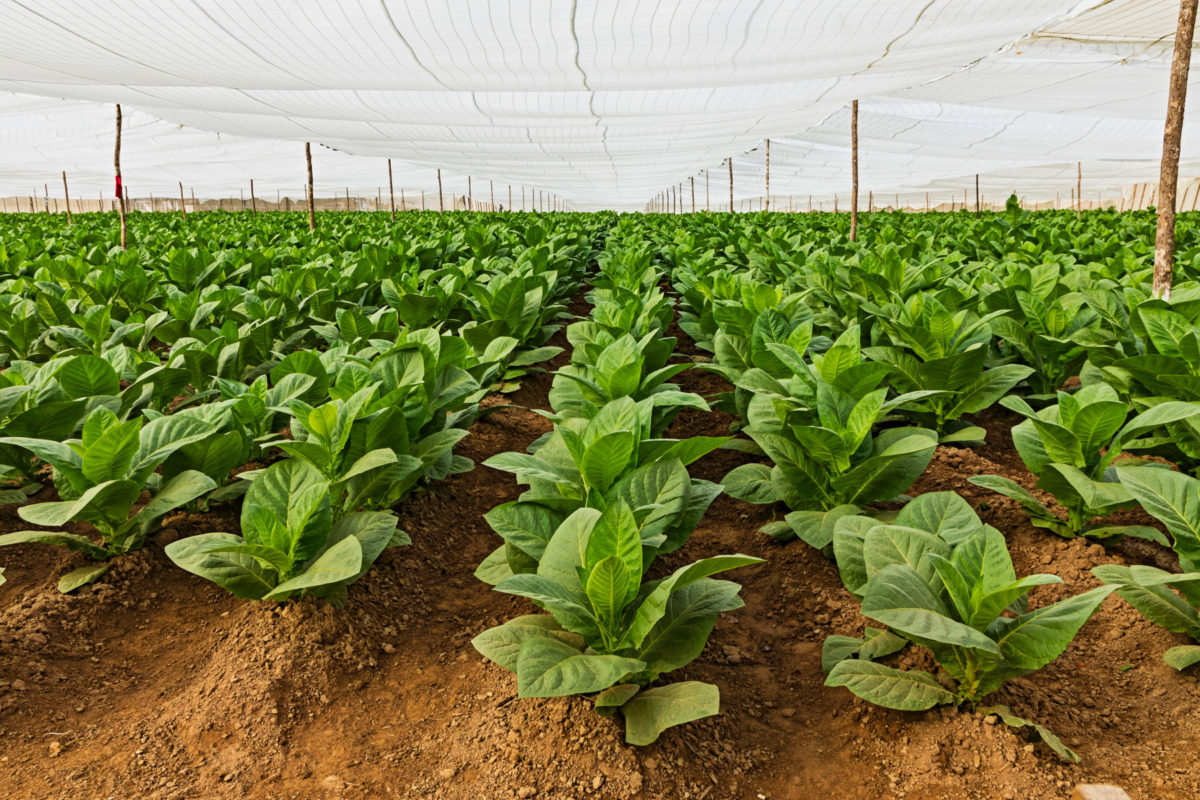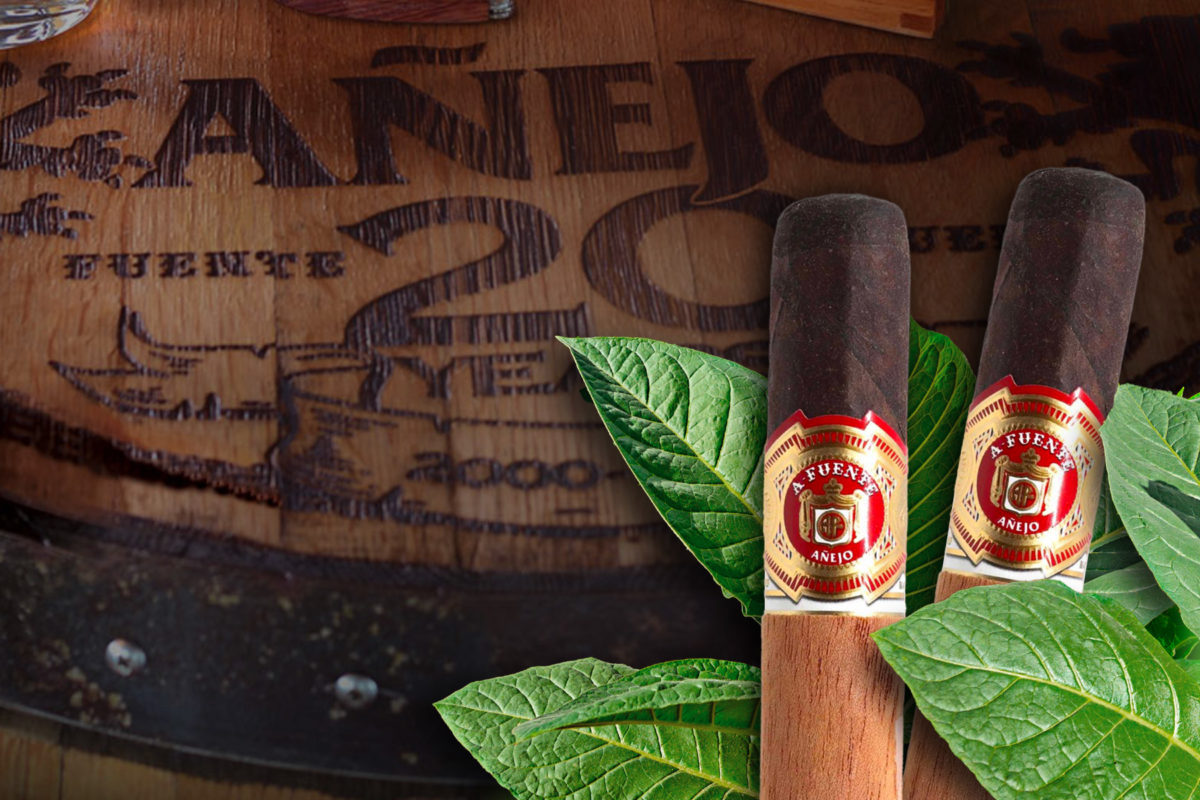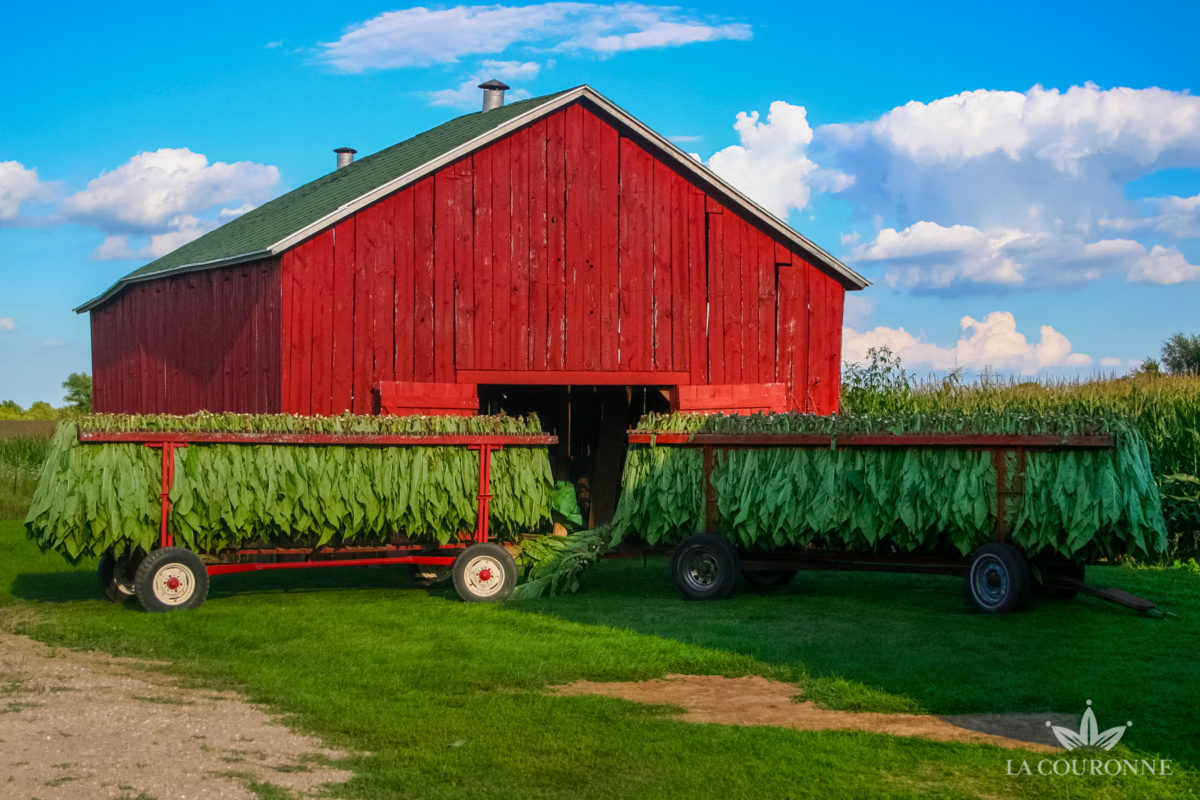L'académie du cigare, All about cigars
Growing tobacco in the Connecticut Valley
Discover the centuries-old art of tobacco growing in the Connecticut Valley, where tradition and climate intertwine to produce exceptional tobacco leaves...
Of all the different regions on Earth, only a few have the soil and climatic conditions required to grow exceptional tobaccos. The Connecticut Valley, the agricultural jewel of the United States, is one of them. Over 640 km long, it crosses four states and stretches from Pittsburg to the Long Island Sound. For over two centuries, this region has specialized in the cultivation of cigar tobacco. It is particularly renowned for the quality of its wrapper leaves. In this article, we invite you to discover this unique region of the world through its history and the specifics of its tobacco culture.
Introduction of tobacco in the Connecticut Valley
The introduction of tobacco to the Connecticut Valley dates back to the earliest interactions between European settlers and the region's indigenous populations. Before the arrival of Europeans in the 17th century, Amerindian peoples were already growing their own tobacco for ceremonial and medicinal purposes. Tobacco also played an important role in social relations and served as a currency of exchange between tribes. The two types of tobacco that grew naturally in America at the time were Nicotiana rustica and Nicotiana tabacum.
In the early 17th century, the first Europeans to explore the Connecticut Valley were the Dutch, followed by the English. The latter quickly recognized the economic value of this precious plant and began trading with the natives to acquire tobacco. In 1610, John Rolfe, an English colonist, succeeded in acquiring tobacco seeds cultivated at Trinidad. This acquisition was all the more remarkable given that la Couronne Spanish law punished by death anyone selling tobacco seeds to nationals of another country.
John Rolfe, also known for his union with Pocahontas, thus introduced the "Orinoco" variety (a hybrid species of the Nicotiana tabacum variety) to Virginia and became the first European to grow tobacco in the English colonies. The success of his experiments paved the way for a significant expansion of tobacco cultivation in the region, creating a cash crop that was to form the basis of the American colonial economy.
Over the following decades, other Europeans followed his example and developed their own plantations. The region soon became a major center for the production of high-quality tobacco. However, it was not until the end of the 18th century that Colonel Israel Putnam, a British naval officer under King George II, introduced the first Cuban seeds to American soil. In 1810, the first cigar factory was set up in the United States. Cigars gained in popularity during the American Civil War (1861-1865), becoming a symbol of social success.
Why is the Connecticut Valley ideal for growing tobacco?
Carved out by an ice cap thousands of years ago, the Connecticut Valley offers lush, nutrient-rich soils. The eponymous river that runs through it stretches over 660 km and is the longest in the New England region.
If the Connecticut Valley is considered an ideal region for growing tobacco, it's because it combines all the geographical and climatic factors necessary for the plant's growth.
1. A temperate climate
This northeastern region of the USA enjoys a temperate climate. Summers are hot and winters are relatively mild. These conditions ensure ideal temperature and humidity levels throughout the growing season. They also provide the temperature variations necessary for the development of rich, refined aromas and flavors.
2. Fertile soil
The soils of Connecticut's Tobacco Valley are renowned for their fertility. They boast a sandy loam that promotes good drainage and offers an ideal pH for growing tobacco. Thanks to the sediment deposits left by nearby rivers, the soil is also very rich in nutrients, providing a fertile substrate for tobacco plants.
3. Favorable topography
The rolling terrain of the Connecticut Valley creates microclimates favorable to tobacco growing. The valleys offer protection from strong winds, while the hills prevent excessive water accumulation around the plants, facilitating proper drainage.
The main tobacco varieties grown in the Connecticut Valley
The Connecticut Valley is famous for the quality of its cape leaves. It is home to the Connecticut Shade and Connecticut Broadleaf varieties, among others.
1. Connecticut Shade
This tobacco variety is the result of a cross between a Cuban strain and the Sumatra variety. It is estimated to have been first cultivated in the 1900s. Highly coveted as WrapperIt is grown using the "Shade Grown" method, which means that it grows in the open air, but is protected by stamen veils.
This cultivation method results in thinner, clearer, more elastic leaves that are ideal for wrapping a cigar. Thanks to this controlled exposure, Connecticut Shade also has low nicotine levels and offers light, creamy flavors. It is believed that this variety was the first to be cultivated in this way. Today, shade cultivation is practiced in many countries, including Cuba, Nicaragua and the Dominican Republic.
Although this hybrid variety has helped the Connecticut Valley gain worldwide renown in the tobacco industry, it is now mainly grown in Ecuador due to its high susceptibility to blue mould problems. You can find it in a few exceptional modules, such asAshton Classic andAshton Cabinet Selection.

2. Connecticut Broadleaf
Connecticut Broadleaf is the world's most famous Maduro wrapper. According to most experts, this tobacco variety comes from a cross with the Cuban Criollo variety. It is thought to have been introduced to the Connecticut Valley in the early 19th century, almost a century before Connecticut Shade.
Grown in full sun, this tobacco contains a high nicotine content and offers rich, sweet flavors. It is distinguished by its apparent veining, soft, oily texture and dark color. Due to the thickness of its leaves, this variety is difficult to handle. This makes it one of the most expensive tobaccos in the world. Its intense flavors make it an excellent filler tobacco, but its robustness also means it can be used to make cigar wrappers.
Over time, Connecticut Broadleaf cultivation has intensified. Although mainly produced in the Connecticut Valley, it can also be found in countries such as Ecuador, Brazil, Costa Rica and Nicaragua. It can be found on modules such asArturo Fuente Añejos and Don Pepin Garcia Jaime Garcia Reserva Especial.

Contemporary challenges facing tobacco growers in the Connecticut Valley
In 1998, tobacco growers in the Connecticut Valley faced a major epidemic of blue mold, the first in 19 years. Carried by the winds, this voracious fungus is a real scourge for tobacco. It is capable of destroying hectares of plantations overnight. This invasion of blue mould caused one of the worst harvests ever for tobacco growers in the region, forcing them to harvest earlier than usual.
Because of Connecticut Shade's susceptibility to blue mold, some growers sought out planting areas more suitable for its cultivation. The variety was introduced into South America in the 1960s, notably in Ecuador and Brazil.
Today, American plantations are particularly hard hit by this competition. According to Jean-Marc Bade, General Manager of Windsor Shade Tobacco, " The difference in labor costs between the United States and Central America makes competition very difficult ". According to him, however, this competition is felt more keenly in the machine-made cigar market than for hand-made cigars.
For Ernest Gocaj, Director of Procurement at General Cigar Company, the Scandinavian Tobacco Group's American subsidiary, the picture is less optimistic: " Connecticut shade produced in Ecuador has a direct impact on our production area. More and more producers are starting to grow this tobacco in Ecuador, but also in Honduras and Brazil. It's simple: the area of Connecticut shade grown produced in Connecticut is shrinking every year. In 2018, only 50 hectares were grown. Today, we're a far cry from the 12,000 hectares that grew here just after the Second World War ".
In addition to these competitive issues, the Connecticut Valley has been facing major climatic disturbances in recent years. In 2022, the region experienced unusually heavy and prolonged periods of precipitation, causing flooding in many plantations. Canadian forest fires have also blanketed the sky in thick smoke, causing problems with sunlight. Yet for Jon Foster, a Connecticut Broadleaf grower, " Too much rain takes away from the flavor and robustness of the tobacco, resulting in a thinner leaf that is less suitable for Maduro wrapper production."
Some states, such as Vermont, were particularly hard hit, with 23 cm of rain recorded in a single storm. According to WTNH, " hundreds of acres of crops " were ruined by flooding along the river. According to Jon Foster, the 2023 harvest could be around 20% lower than the previous year's yield. As these disruptions intensify, the region's farmers are becoming increasingly concerned.
F.A.Q
What makes the Connecticut Valley ideal for growing tobacco?
The Connecticut Valley offers a temperate climate, fertile soils, favorable topography and a long agricultural tradition, creating ideal conditions for growing tobacco.
What varieties of tobacco are grown in the Connecticut Valley?
The valley is famous for the Connecticut Shade variety, grown as "Shade Grown", but also for the Connecticut Broadleaf variety.
How did tobacco farming impact the economy of the Connecticut Valley?
Tobacco growing has played a major role in the local economy, generating jobs, stimulating trade and contributing to the region's worldwide reputation as a producer of high-quality tobacco leaf.
What are the contemporary challenges facing tobacco growing in the Connecticut Valley?
Sustainability and environmental concerns are the main contemporary challenges facing tobacco growers in this region. To preserve their crops, some farmers are adopting more sustainable farming practices, such as water-saving irrigation systems, the use of greenhouses and tunnels to protect crops, and mulch to maintain soil moisture.

